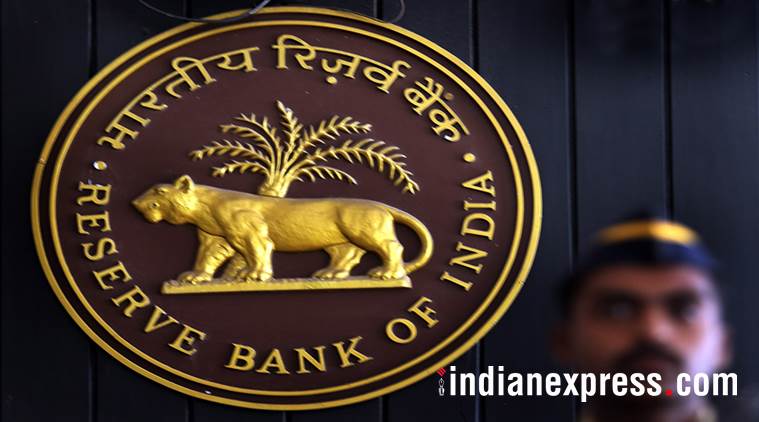For faster transmission of cuts, RBI plans to formalise linking of new loans to repo rate
On May 1, State Bank of India first linked its interest rates on savings bank deposits and short term loans to the repo rate.
 “I think the time has now come to formalise this linking of new loans to external benchmarks like repo rate. We are monitoring this and will be initiating necessary steps,” RBI Governor Shaktikanta Das said.
“I think the time has now come to formalise this linking of new loans to external benchmarks like repo rate. We are monitoring this and will be initiating necessary steps,” RBI Governor Shaktikanta Das said.
The Reserve Bank of India (RBI) has decided to formalise the linking of new loans to external benchmarks like repo rate as the transmission of the benefits of the repo rate reduction by banks to their customers was not up to the “expectations”.
“I think the time has now come to formalise this linking of new loans to external benchmarks like repo rate. We are monitoring this and will be initiating necessary steps,” RBI Governor Shaktikanta Das said. The RBI has been pushing banks for greater transmission of the rate cut benefits as a 75 basis points cut in the Repo rate has only translated into a 29 basis points reduction in lending rate on fresh rupee loans during February–June 2019. “It can be better,” Das said at the Ficci-IBA conference.
“This process (transmission) needs to be faster. Today, the economy requires a certain amount of push not just from the monetary policy but also from its transmission,” he said. Public sector banks started cutting the marginal cost-based lending rate (MCLR) after the Reserve Bank decided to slash its repo rate by an unconventional 35 basis points to 5.40 per cent in the bi-monthly monetary policy review on August 7. Several banks also announced that they will soon come out with repo rate linked deposit and loan products.
On May 1, State Bank of India first linked its interest rates on savings bank deposits and short term loans to the repo rate. SBI went ahead even though the RBI had then deferred the plan to link rate of interest to external benchmarks like the repo rate or Treasury Bill rate following opposition from other banks. Savings account deposits with balances less than Rs 1 lakh will continue to earn 3.5 per cent interest — the same as the old rate fixed for these accounts.
In its December 2018 monetary policy meet, which was also the last policy of former Governor Urjit Patel, the RBI had proposed the benchmarking of fresh floating-rate retail loans and loans to micro and small enterprises to an external benchmark like repo rate or Treasury Bill rate, effective April 1, 2019. According to the RBI, the spread over the benchmark rate — to be decided at banks’ discretion at the inception of the loan — should remain unchanged through the life of the loan, unless the borrower’s credit assessment undergoes substantial change.
However, on April 4, the RBI announced that it has put on hold its proposal to link interest rates on deposits and short-term loans to an external benchmark like the repo rate or Treasury Bill “taking into account the feedback received during discussions held with stakeholders on issues such as management of interest rate risk by banks from fixed interest rate linked liabilities against floating interest rate linked assets and the related difficulties and the lead time required for IT system upgradation”. Many banks were earlier lobbying against linking loans to an external benchmark rate, fearing a fall in margins.
According to a FICCI-IBA Survey of Bankers, spreads kept by banks under the proposed external benchmarking of new floating rate loans could be higher to protect themselves adequately in case of high volatility of benchmarks. Lack of depth in T-Bill and CD (Certificate of Deposit) markets can make such benchmarks potentially susceptible to manipulation, the survey said.
- 01
- 02
- 03
- 04
- 05































